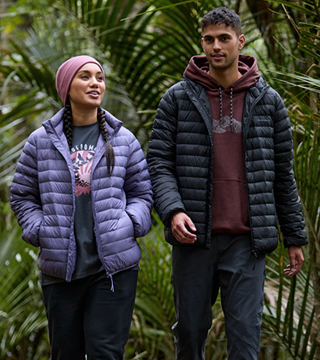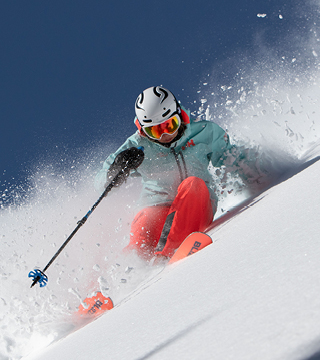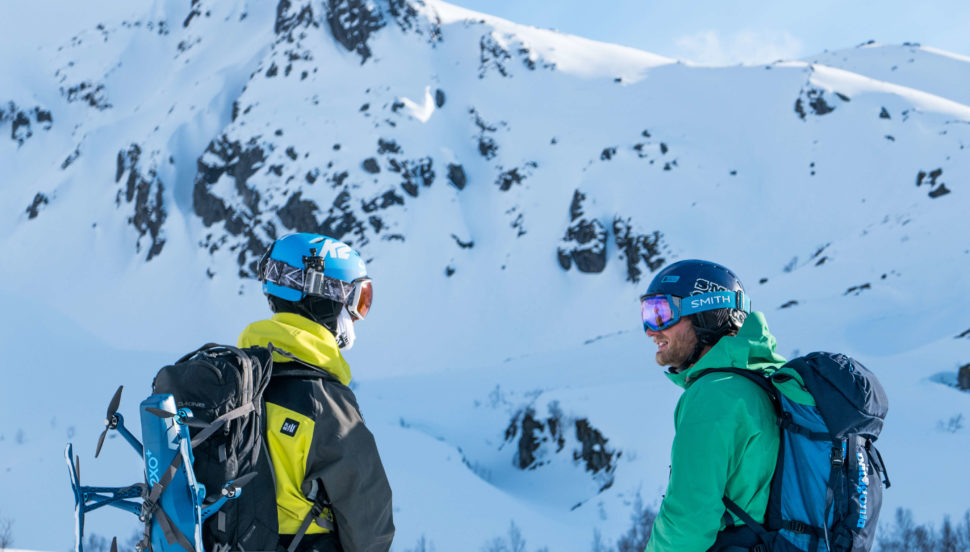Crying tears of joy when you finally arrive at the mountain with your new ski or snowboard gear is totally fine. But crying actual tears because the ultraviolet rays are too bright, or because ice particles are hitting you in the eyes is not. Chuck a pair of goggles on your head to avoid snow tears and make your time up the mountain more enjoyable!
Step 1: Choose a preferred lens type and colour
Cylindrical lenses curve horizontally across your eyes and face, but remain vertically flat. Cylindrical lenses offer good protection at a lower price point, but may have more glare and less peripheral vision due to the flatness of the lens.
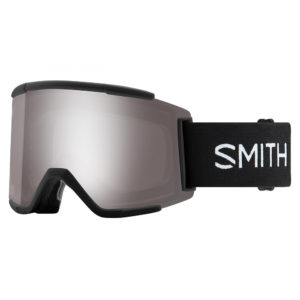
Spherical lenses curve both horizontally and vertically across your face giving better peripheral vision, less distortion and less glare, but are usually at a higher price point.
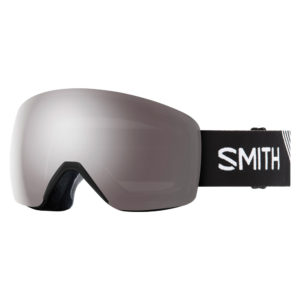
Lens Colour is dependent on what type of weather conditions you usually ski/snowboard. Various lens colours let in varying amounts of light to your eyes, and is called visible light transmission (VLT). The higher the percentage VLT, the more light the lens will let in. Lenses with VLT ratings of 50% upwards are best for the stormier, low light conditions – while lenses at 5% – 20% are better for sunny days and blue bird conditions.
Step 2: Look for good ventilation
Ventilation
Look for a set of goggles with a number of vents to help prevent them from fogging up, and while you’re there make sure they are compatible with your helmet! The more vents on the goggles, the more airflow – but this can also mean a colder face. Virtually all goggles come loaded with anti-fog coatings, and some high-end goggles even come with battery-powered fans to help move the air around the inside of the goggles.
Frame & Fit
Generally, your goggle size will be the same as your helmet size, but we recommend heading in to your nearest Torpedo7 store to try on a range of goggles to find the best fit for you. Virtually all goggles are compatible with helmets, but it may be best to try them on with your helmet to ensure good fit. Remember to make sure your goggle vents are compatible with your helmet.
Shop Goggles
Features for the Frothers!
UV Protection
Even on a cloudy day there are still harmful UV rays out there that can hurt your eyes. Virtually all goggles these days off UV protection, so slap a pair on!
Mirrored Lens
This is a coating on the outside of the lens which helps reflect a greater amount of light, which means less glare on the brighter days.
Polarized Lens
Polarized lenses reduce eye fatigue and strain by reducing glare from sunlight or snow or water.
Anti-fog
Fog is caused by the warm air from your body hitting the cold surface of the inside of your goggle lens. Virtually all goggles come with a hydrophilic chemical treatment to the inside of the lens to help prevent fogging. Make sure you look after your goggles to prolong the anti-fog treatment applied to them.


